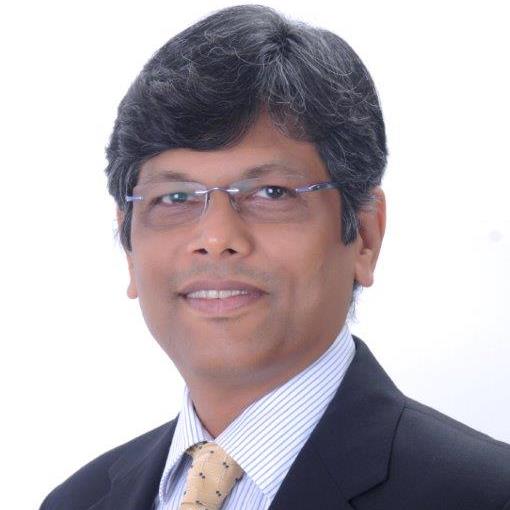
Being Member Of The Advisory Council Of The India CHRO Forum Powered By Sodexo India And Led By Paul Writer We Have Featured A Short Interview With Interview With Harsh Bhosale, Chief People Officer at Essar Oil Limited.
3 Ways by which organizations can focus on talent development?
A talent strategy needs to offer and align a value proposition that creates value for both the organization and the employees.
Your advice to manage talent crunch?
Organisations need to move away from resource mindset to talent mindset. Candidates today are not choosing an organisation only based on monetary benefits but they are choosing organisation that add value to their long term careers. A right blend of candidate’s aspirations and employer value proposition brings in a mutually beneficial employee and employer relationship to the table.
Internal Mobility Management – Investing in Mobility management process and systems has yielded high rewards in talent retention for several organisations. The mobility management team becomes responsible to take the internal job posting to the next level by ensuring the resource movement actually happens and making the process credible.
Cadre building – Building a strong talent pipeline requires organisation to induct at bottom of the pyramid and fuel growth at the middle. Even though recruiting from outside can be a good strategy in short term but only internal carder building can give you a long term solution to developing resources at all levels with the right cultural assimilation, ownership and operational experience which can handle the cascade in case of a leadership position succession without compromising on the agility due to talent crunch.
Example or your advice to organizations to structure benefits to motivate their employees?
A well-crafted Total Rewards Philosophy including programs, practices, elements and dimensions that result in satisfied, engaged and productive employees, creates desired business performance and results.
This philosophy gets translated into four elements:
Commitment of leadership to provide employees with various tools and platforms to develop their knowledge and skills, to connect with employees and their families, to manage their careers, to drive innovation, to recognize excellence and thereby create a motivated talent force result in superior performance and results for the business.
Profile: Harsh P. Bhosale presently heads Human Resources for Essar Oil Limited. He possesses around 30 years of experience. From 2010, he has been associated with Essar Group as Head HR for Essar Steel post which he assumed the role of Chief People Officer for Essar Oil in July 2012. He has been instrumental in developing the Oil - HR into a vibrant and responsive business function.